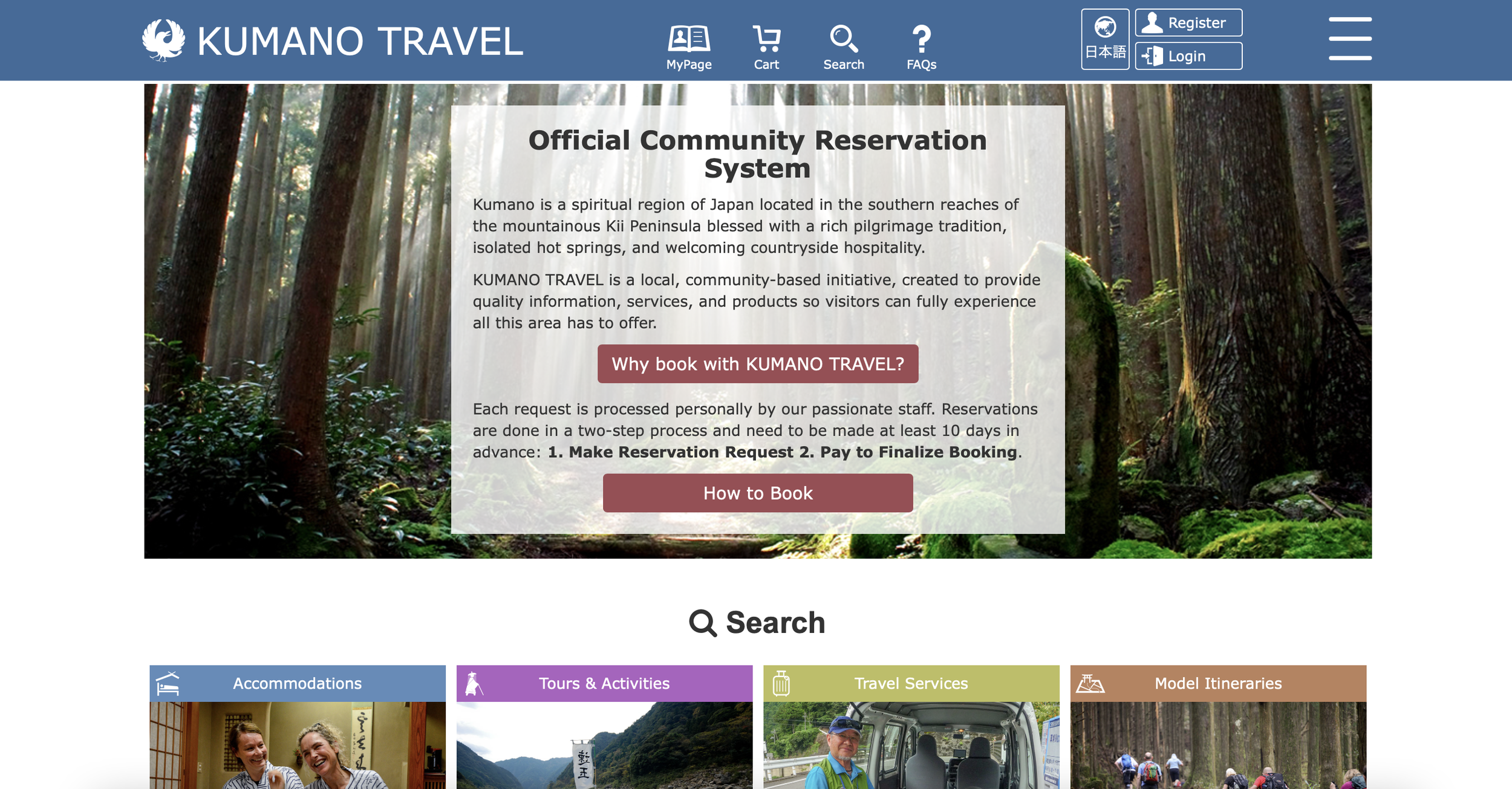Mindful Travel: Exploring Japan’s Ancient Pilgrimage, the Kumano Kodo
In a world characterized by fast-paced routines and constant connectivity, the allure of mindful travel is stronger than ever. Japan’s Kumano Kodo is a wonderful opportunity to walk an ancient pilgrimage route to re-connect with yourself, the natural world, and Japanese culture.
Kumano Kodo History
The Kumano Kodo is a network of ancient pilgrimage routes that crisscross the Kii Peninsula, leading to the Kumano Sanzan shrines—Kumano Hongu Taisha, Kumano Nachi Taisha, and Kumano Hayatama Taisha. With roots dating back over a millennium, these trails were once walked by emperors, samurai, and common pilgrims alike, all seeking spiritual enlightenment and purification.
Nestled in serene landscapes, the Kumano Sanzan shrines sites are dedicated to the deities associated with nature, healing, and protection. Pilgrims believe that embarking on the Kumano Kodo pilgrimage purifies the mind, body, and soul.
Popular Kumano Kodo Routes:
1. Nakahechi Route: This is the recommended route for first-time Kumano Kodo pilgrims! It is perhaps the most well-known and takes pilgrims through picturesque landscapes, traditional villages, and sacred sites. The journey begins in Tanabe and ends at Kumano Hongu Taisha with the Kumano Nachi Taisha and Kumano Hayatama Taisha along the way. This is the route I’ll be walking in March 2024!
2. Kohechi Route: For those looking for a more challenging and remote experience, the Kohechi Route connects the sacred Mount Koya with the Kumano Sanzan shrines. This path offers a quieter, less-traveled alternative and can bring a deeper sense of solitude and connection with nature.
3. Iseji Route: Starting from the Ise Grand Shrine, this route leads pilgrims across the scenic coastline, providing a unique blend of cultural exploration and natural beauty. It eventually merges with the Nakahechi Route, offering a diverse and enriching pilgrimage experience. This route is less traveled and hence, may have less resources for pilgrims.
Different Lodgings on the Kumano Kodo
Below are the different lodging options available on the Kumano Kodo:
Ryokans: Experience traditional Japanese hospitality at ryokans, inns that offer a blend of comfort and cultural authenticity. With tatami mat floors, sliding paper doors (fusuma), and the soothing ambiance of onsen baths, ryokans provide a tranquil retreat for weary pilgrims.
Minshukus: These family-run guesthouses offer a more intimate and personalized experience. Pilgrims are welcomed into the homes of locals, sharing not only a roof but also stories, traditions, and homemade meals, creating a sense of community along the Kumano Kodo.
Shukubos: Found on the sacred Mount Koya, shukubos are temple lodgings where pilgrims can stay and partake in the daily rituals of Buddhist monks. This unique lodging type allows for a profound immersion into the spiritual atmosphere of the Kumano Kodo.
Hotels and Lodges: For those seeking modern comforts, there are western style hotels and lodges strategically located along the routes. These accommodations offer a blend of convenience and contemporary amenities.
Food Options on the Kumano Kodo
Local Cuisine / Markets in Villages: Traditional villages along the Kumano Kodo boast charming eateries serving regional foods. Pilgrims can indulge in hearty dishes like katsudon (breaded pork cutlet over rice), kumano zushi (local sushi), and yuba (tofu skin) prepared with fresh, locally sourced ingredients. There are also little shops where you have the option to buy snacks and drinks in some villages along the way.
Pilgrim's Lunchboxes (Ekiben): Pilgrims can opt for Ekiben, specially crafted bento boxes available at train stations or local shops. These portable feasts showcase a variety of flavors, ensuring that pilgrims can enjoy a nourishing meal while appreciating the scenic beauty of their surroundings.
Temple Cuisine: At temple lodgings or shukubos, pilgrims are treated to shojin ryori, a vegetarian cuisine rooted in Buddhist traditions. These meals focus on simplicity, balance, and seasonal ingredients, providing a unique culinary experience intertwined with the spiritual atmosphere of the Kumano Kodo.
How to Plan Your Pilgrimage
Planning your trip is quite simple with the help of Kumano-Travel.com. Browse their site to learn more details about each of the routes, and from there, you can make a reservation request for your lodging. You also get to choose a specific meal request so that your host knows your meal preferences. It can be very detailed, so be sure you have time and space carved out of your schedule to read all the information!
Kumano Kodo booking website
From there, Kumano Travel processes your request and replies within a few weeks with a proposed itinerary. For me, one of the accommodations I selected was full, so they recommended another place that was located nearby. From there, you double check all the details and pay. Be sure to print your itinerary voucher once you’ve paid. For two of us, the total cost was just under 1,000 USD (144,540 yin). That includes all food and accommodation for 6 days/5 nights.
Pilgrimage: the Art of Mindful Travel
Mindful travel by way of walking, or pilgrimage, is about more than just the destination—it's about the journey, the connection to the surroundings, and the personal growth that unfolds along the way. The Kumano Kodo embodies these principles, offering pilgrims an opportunity to slow down, appreciate the present moment, and reflect on their inner journey.
As pilgrims traverse ancient trails, pass through dense forests, and encounter sacred shrines, they become attuned to the rhythm of their footsteps and attune to their inner compass. This heightened sense of mindfulness allows individuals to appreciate the beauty around them and find solace in simplicity. What a beautiful way to spend time while traveling!
Conclusion
The Kumano Kodo is more than a physical journey; it's a transformative experience that transcends time and connects modern travelers to the spiritual essence of Japan. For those seeking mindful travel, the Kumano Kodo offers a path to self-discovery and a connection with nature.


